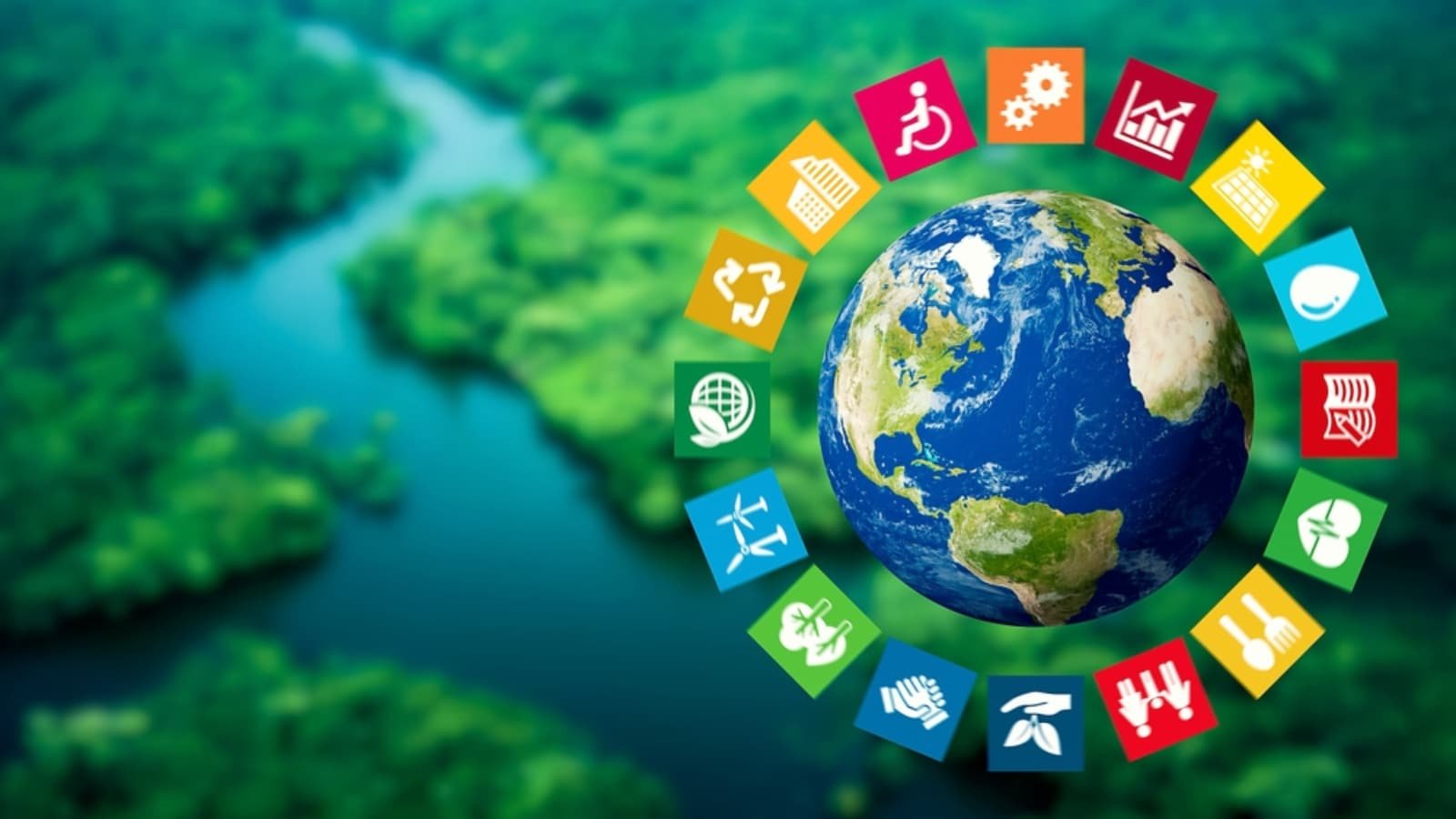Last Updated:June 04, 2025, 10:40 IST
When communities lead, climate solutions don’t just work—they endure, evolve, and inspire.
The future of environmental action is local, collective, and inclusive. Investing in community leadership is no longer optional—it’s essential.
In an era marked by climate volatility and ecological breakdown, top-down environmental policies often fall short without the energy of grassroots participation. What truly drives transformative and sustainable change is not just institutional will—but the collective power of communities.
“Responding to environmental challenges is a shared responsibility,” says Ranjit Barthakur, Founder, Balipara Foundation. “Community action holds the potential to transformation. It is essential that we dim them not just as the guardians of nature but architects of a more resilient future.”
This belief is rooted in experience. Barthakur recounts the inspiring example of two young women, Shikali and Zhimohouli, recipients of the 2023 Balipara Foundation Awards, who galvanized their community in Sukhai, Nagaland, to plant over 1,60,460 saplings across 144.6 hectares. “This wasn’t just a restoration project,” he emphasizes. “It created income-generating opportunities, protected local wildlife, and deepened community ownership. It’s living proof that environmental stewardship thrives when rooted in people’s everyday lives.”
That sentiment is echoed by Pratap Raju, Founding Partner, Climate Collective Foundation, who argues that the climate crisis cannot be solved in isolation or with one-size-fits-all solutions.
“True and lasting change flourishes when communities are actively engaged and empowered to take the lead,” notes Raju. “Whether it’s building resilience to climate shocks in rural India or managing waste in dense urban pockets, these challenges are deeply local. They demand solutions that are co-created with communities, solutions that stick and evolve with time.”
Where traditional models often overlook nuance, community-led initiatives bring the three Cs that institutional efforts often miss: context, continuity, and trust. These aren’t just add-ons; they’re the foundations of real impact.
Barthakur reinforces this idea. “Communities understand the temperament of their landscapes better than anyone. Their commitment, creativity, and cultural wisdom form the foundation of lasting change.”
Raju adds that when local youth, women, and entrepreneurs become stakeholders in innovation, the results are not only scalable but deeply inclusive. “The power of collective action lies in combining grassroots wisdom with emerging technologies. This strengthens social cohesion, creates green livelihoods, and anchors a self-propelling culture of sustainability.”
Both leaders agree on one central truth: the future of environmental action is local, collective, and inclusive. Investing in community leadership is no longer optional—it’s essential.
“Because when people unite for the planet,” Barthakur says, “they don’t just protect the environment—they regenerate it. And in doing so, they inspire a global movement that reminds us: the future is collective, and it starts with each of us, together.”

Swati Chaturvedi, a seasoned media and journalism aficionado with over 10 years of expertise, is not just a storyteller; she’s a weaver of wit and wisdom in the digital landscape. As a key figure in News18 Engl…Read More
Swati Chaturvedi, a seasoned media and journalism aficionado with over 10 years of expertise, is not just a storyteller; she’s a weaver of wit and wisdom in the digital landscape. As a key figure in News18 Engl… Read More
- First Published:
#Villages #Global #Vision #Climate #Solutions #Start #Communities



